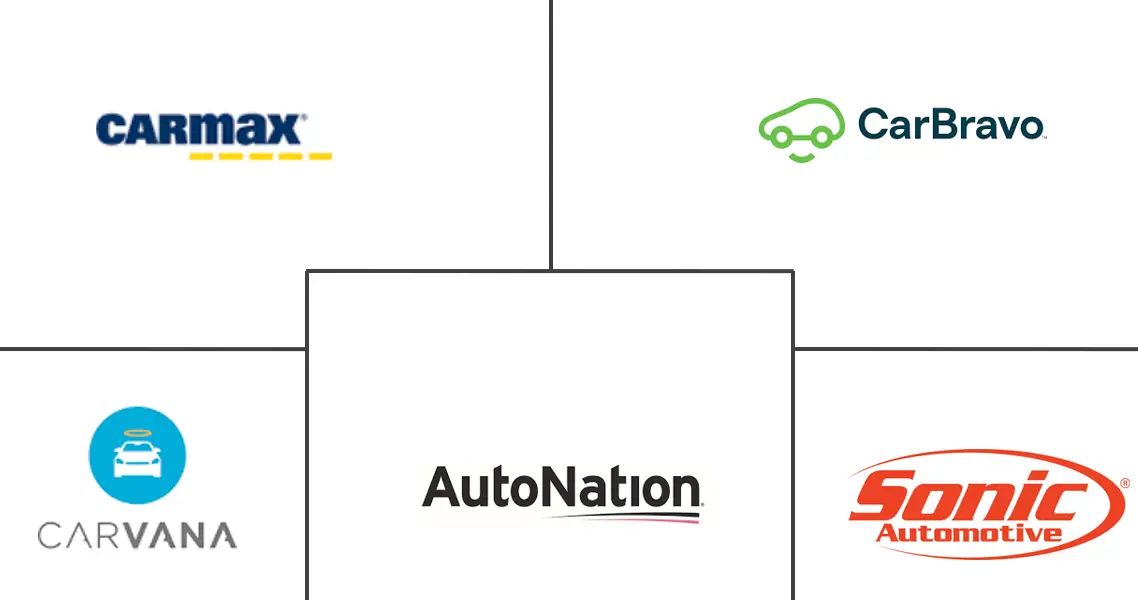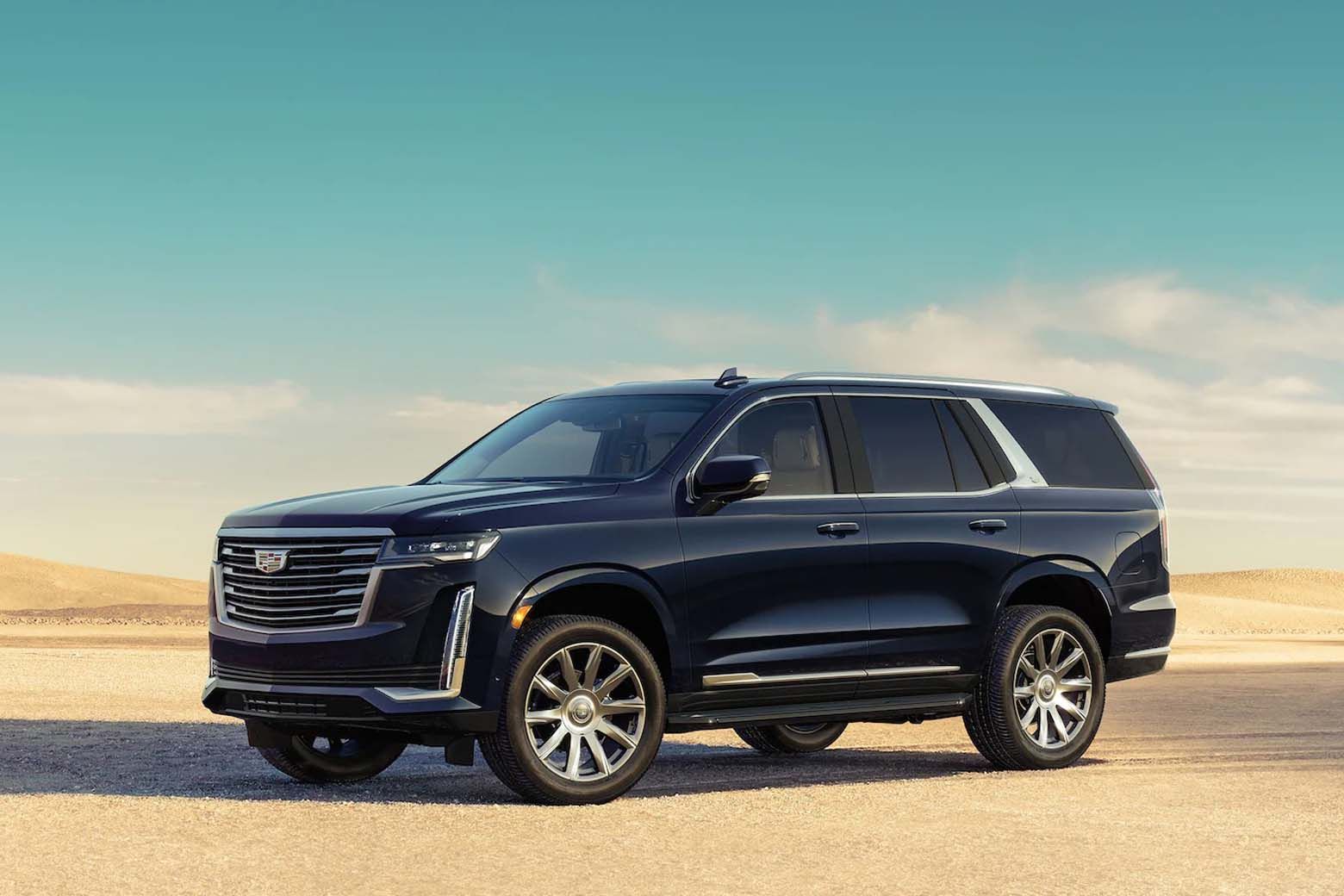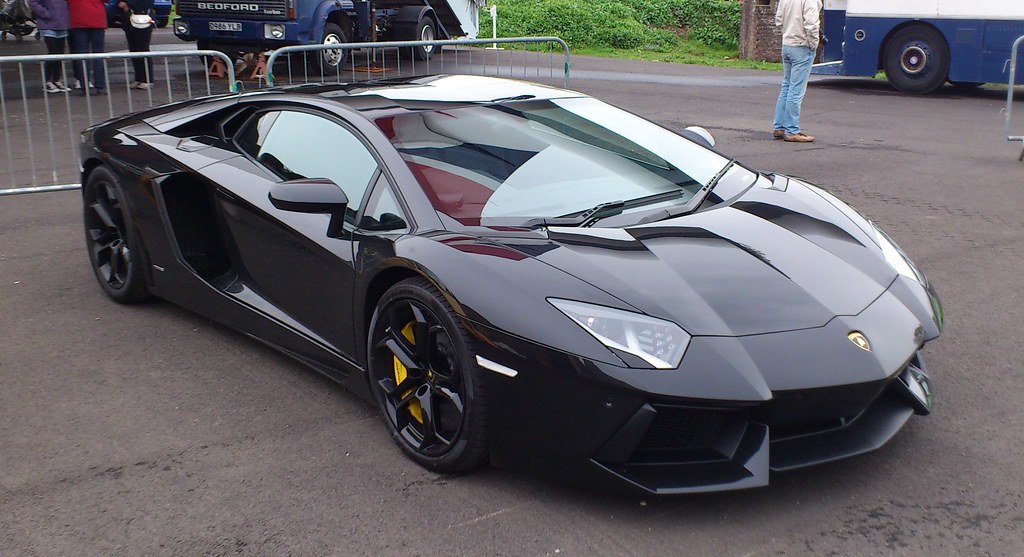
When you’re eyeing that shiny new ride, performance, reliability, and innovative features are likely at the forefront of your mind. You’re thinking about horsepower, fuel efficiency, safety ratings, and all the bells and whistles that make your daily commute, or weekend adventure, a joy.
But what if we told you there’s a seemingly minor detail that could have a surprisingly significant impact on your wallet down the road? It’s true. Beyond the engine and the infotainment system, a vehicle’s color—that aesthetic choice that often comes down to personal preference—can quietly shape your financial outcomes.
While the immediate impulse is to pick a shade that reflects your personality, understanding market trends can turn a simple aesthetic decision into a smart investment strategy. The data reveals that not all colors are created equal when it comes to holding their value, and making an informed choice now could save or cost you thousands when it’s time to trade in or sell.
New research from iSeeCars.com, which analyzed over 1.2 million 3-year-old used cars, underscores this hidden truth: a car’s color can impact its used value by more than $5,000 after just three years. While the overall average vehicle loses about 31.0% ($14,360) of its value over this period, certain colors accelerate that depreciation, making them less favorable for long-term value retention.
This guide dives deep into the specific shades that tend to fare worse in the used car market, arming you with the knowledge to make a more strategic purchase. We’ll explore why these colors often struggle to hold their value, providing practical insights for both new car buyers and those looking for smart used car deals.

1. **Gold**Gold cars consistently emerge as one of the least favorable choices when it comes to retaining resale value, topping the list for depreciation across the general market. According to the iSeeCars.com study, gold vehicles experience a substantial 34.4% depreciation over three years, which is significantly higher than the overall average of 31.0%.
This translates to an owner losing $16,679 on average, marking a considerable financial setback compared to other colors. This heightened depreciation for gold isn’t arbitrary; it reflects a distinct lack of broad market demand.
While gold might once have symbolized luxury or opulence, its appeal has waned considerably in recent years, making it a niche preference rather than a widespread favorite. Used car buyers often seek out more timeless, versatile colors that are perceived as easier to maintain and less prone to quickly going out of style.
Delving into specific vehicle segments further solidifies gold’s poor performance. For sedans, gold cars are the absolute worst for value retention, suffering a staggering 37.9% depreciation, equating to a loss of $15,958. This shows that even in a segment where buyers might be expected to prioritize conventional aesthetics, gold struggles immensely.
While it performs slightly better in the SUV segment (31.4% depreciation, which is *below* the SUV average of 32.7% and ranked 6th out of 12 colors for SUVs, meaning it performs relatively better for SUVs compared to other segments), its overall market average is heavily pulled down by its dismal performance in the broader market and especially with sedans. This makes gold a particularly risky bet for any car buyer focused on future value.
The limited appeal of gold means that when these vehicles hit the used car market, there’s a smaller pool of potential buyers interested in them. This reduced demand forces sellers to lower prices to attract interest, leading directly to steeper depreciation. Essentially, fewer eyeballs on a gold car equate to more dollars off its potential resale price. Therefore, if preserving your car’s value is a priority, opting for gold is a decision that could prove quite costly in the long run.
Read more about: Angelina Jolie Beams with Pride: Inside Zahara’s Thriving College Life, Activism, and Red Carpet Milestones
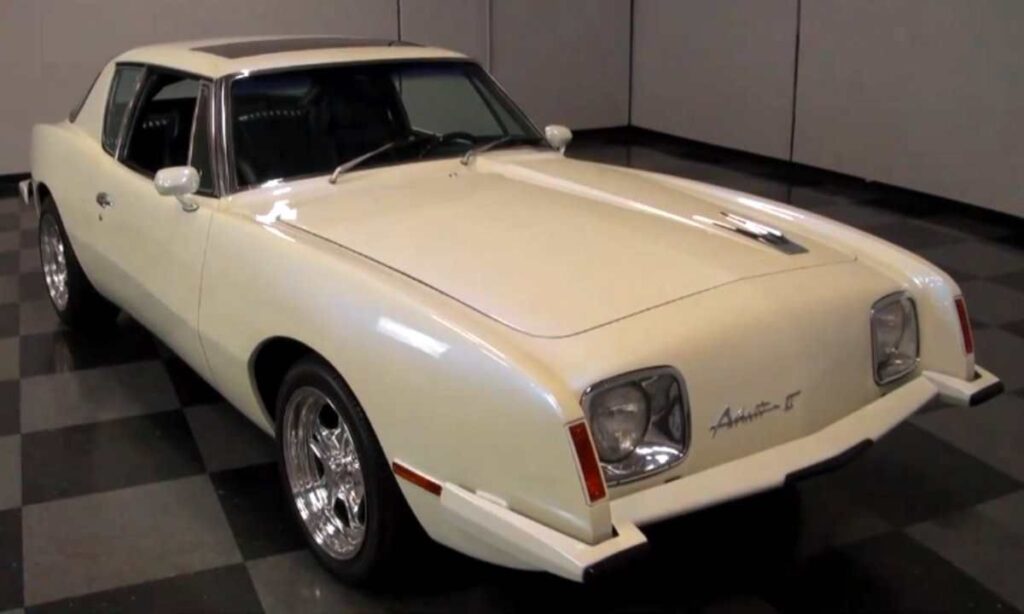
2. **White**White holds a fascinating, almost contradictory, position in the automotive color spectrum. On one hand, it is one of the most common car colors, suggesting widespread popularity among new car buyers. Yet, ironically, this very ubiquity contributes to its above-average depreciation in the used market.
The iSeeCars.com study indicates that white cars experience a 32.1% depreciation over three years, which is notably higher than the 31.0% overall average. This translates to an average loss of $15,557, making it the second-worst color for value retention across the entire market.
The prevalence of white cars, alongside black, is a double-edged sword for resale value. As iSeeCars Executive Analyst Karl Brauer points out, “White and black are the two most common car colors, which suggests plenty of people want them. But it also means those colors provide zero distinction in the used market, reducing their value and making it easy for buyers to shop around for the lowest-priced model in these shades.” In a saturated market, a white car struggles to stand out, leading buyers to prioritize price over color, thereby driving down its resale value.
Looking at segment-specific data, white consistently underperforms. For pickup trucks, white depreciates at 28.3%, worse than the truck average of 27.1%. In the SUV segment, white cars lose 33.2% of their value, exceeding the SUV average of 32.7%. Minivans in white see a significant 43.9% depreciation, far surpassing the minivan average of 40.9%, making it the worst color for minivans.
Coupes also show higher depreciation for white at 25.8% compared to the coupe average of 22.6%, and convertibles aren’t spared, with white depreciating at 33.5% against a 32.1% average. Across almost every vehicle type, white cars lose more value than their segment averages, reinforcing the notion that while popular initially, their commonality ultimately works against their resale potential.
This means that while a white car might seem like a safe, timeless choice at the dealership, its lack of distinction in the used market translates into a tangible financial disadvantage for owners down the line. If you’re hoping for your car to retain as much value as possible, white, despite its clean appearance, might not be the smartest pick.
Read more about: Angelina Jolie Beams with Pride: Inside Zahara’s Thriving College Life, Activism, and Red Carpet Milestones
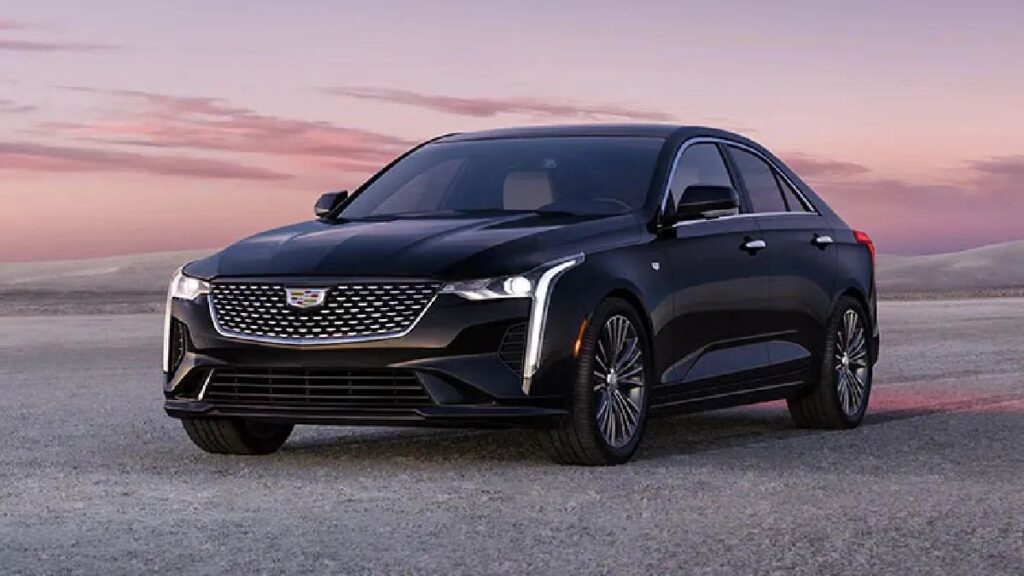
3. **Black**Black, much like white, epitomizes classic automotive aesthetics, projecting an image of elegance and power. It’s perennially popular on new car lots, appealing to a wide demographic seeking a sophisticated look. However, this popularity, similar to white, contributes to its higher depreciation in the secondary market.
The iSeeCars.com study shows that black cars depreciate by 31.9% over three years, placing it just behind white as one of the colors that most significantly erode resale value, losing an average of $15,381. This rate is unequivocally above the 31.0% overall market average.
The core issue, as highlighted by industry analysts, is the sheer volume of black vehicles available in the used car market. While demand exists, the supply often outstrips it to the point where buyers have numerous options, enabling them to be highly selective on price.
This “zero distinction” in a crowded market means that black cars don’t command a premium and are often subject to competitive pricing pressure, pushing their values downward. Segment-specific performance further illuminates black’s struggles with value retention.
For pickup trucks, black vehicles depreciate at 28.2%, higher than the segment average of 27.1%. SUVs in black experience a 33.6% depreciation, which is also above the SUV average of 32.7%, making it the least valuable color in that segment. Sedans in black show a 30.0% depreciation, just above the sedan average of 29.9%.
For minivans, black performs poorly with a 42.4% depreciation against an average of 40.9%. Coupes, despite often being associated with performance and style, see black models depreciate at 24.9% compared to the 22.6% segment average. Finally, convertibles in black depreciate at 33.7%, again higher than the 32.1% segment average.
This consistent trend across various vehicle segments indicates that while black cars are visually appealing and popular at the point of sale, their abundance in the used market dilutes their unique appeal and makes them less desirable from a value retention standpoint. If you’re a new car buyer hoping to maximize your vehicle’s trade-in or resale value, the allure of a sleek black finish might come at a tangible financial cost when it’s time to move on to your next car.
Read more about: Angelina Jolie Beams with Pride: Inside Zahara’s Thriving College Life, Activism, and Red Carpet Milestones
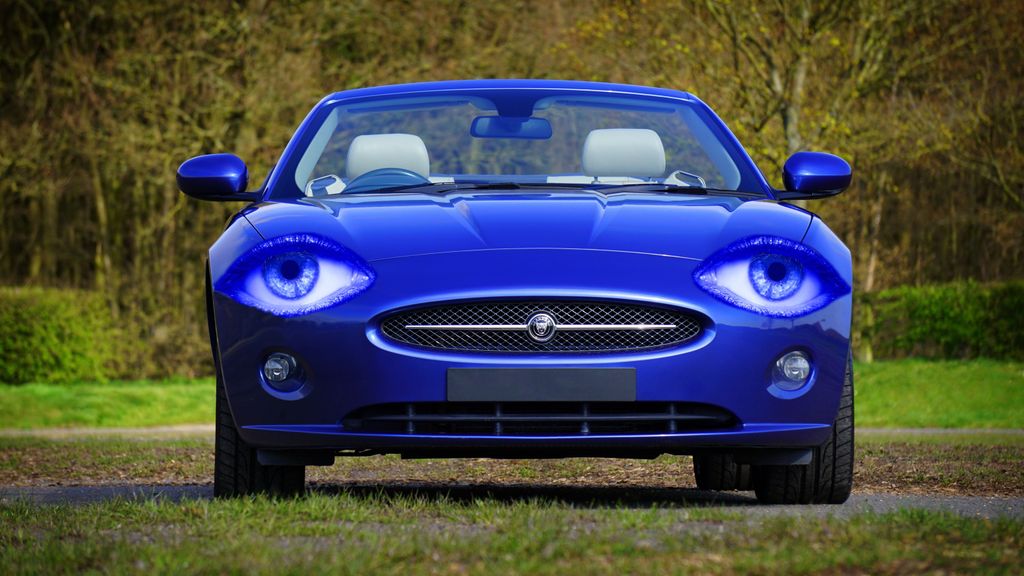
4. **Blue**Blue cars present a more nuanced case in the discussion of depreciation, often falling close to the overall market average but showing tendencies to underperform in key segments. Across the entire market, blue cars depreciate by 30.9% over three years, which is just slightly below the overall average of 31.0%.
While this might seem marginal, it places blue among the colors with higher depreciation rates when compared to the top performers like yellow and orange, which boast rates in the low 20s. This translates to an average value loss of $13,994, still a significant sum for owners.
The challenge with blue, and many other colors in the middle of the depreciation spectrum, often lies in its widespread availability and the varying shades offered by manufacturers. Unlike truly rare colors that can command a premium due to scarcity, various blues are common, preventing them from developing a unique demand-driven advantage in the used market. Buyers have many choices, which can lead to more price-sensitive purchasing decisions.
When we break down blue’s performance by vehicle segment, the picture becomes clearer, revealing areas where it truly “hurts” resale value. For SUVs, blue cars see a 33.1% depreciation, surpassing the SUV average of 32.7%. This indicates that in the dominant U.S. car market segment, blue actually fares worse than average.
Similarly, for sedans, blue vehicles depreciate by 30.6%, which is above the sedan average of 29.9%, positioning it poorly in a segment often associated with more conservative color choices. On the other hand, blue performs better in pickup trucks (26.2% vs 27.1% average), coupes (19.0% vs 22.6% average), and convertibles (29.3% vs 32.1% average), where it can be seen as a more expressive or performance-oriented choice.
However, the fact that blue significantly underperforms in popular segments like SUVs and sedans, coupled with its overall near-average depreciation, means it still falls into the category of colors that might not be the best for value retention. While not as dramatically bad as gold, white, or black, the consistent, albeit slight, drag on value in large segments suggests that blue cars won’t necessarily be your best friend when it comes to maximizing your car’s future worth. Making a financially savvy choice means considering these nuanced performances and opting for colors that consistently beat the average.
Navigating the used car market requires more than just knowing which colors are the absolute worst. Many shades, while not hitting the bottom of the barrel, still present significant drawbacks when it comes to preserving your vehicle’s worth. These are the colors that might not immediately scream ‘bad investment,’ but their nuanced performance in various segments or their lack of market distinction can quietly chip away at your car’s resale value, turning a seemingly benign choice into a financial missed opportunity. Understanding these subtle depreciators is key to making a truly informed decision, allowing you to sidestep common pitfalls and secure a better return on your automotive investment.
Read more about: Hollywood’s Fading Reels: 5 Iconic Movies That Simply Wouldn’t See the Light of Day in Today’s World
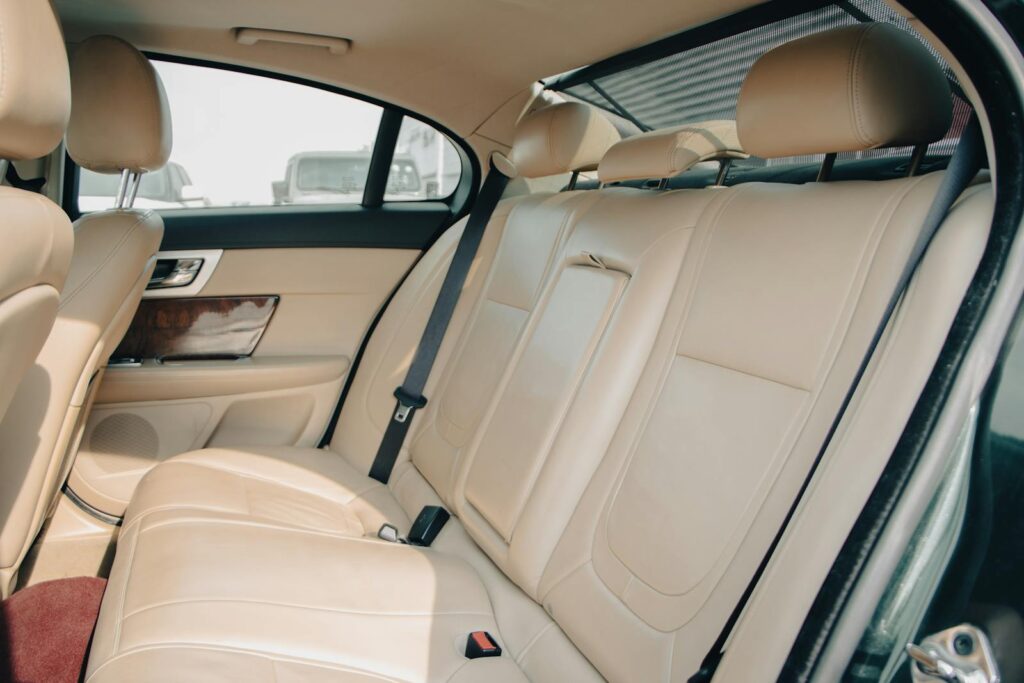
5. **Beige**Beige cars often embody a sense of practicality and understated elegance, appealing to buyers who prefer a subtle, timeless aesthetic over flashy statements. On the surface, with an average three-year depreciation of 29.5%, beige appears to perform better than the overall market average of 31.0%. This might lead some to believe it’s a safe bet for value retention. However, a deeper dive into the numbers reveals a less flattering truth that underscores its inclusion in our list of colors that hurt resale value: the dollar difference from MSRP is a substantial $18,455.
This $18,455 average loss is actually *higher* than the overall market average dollar loss of $14,360, despite the lower percentage depreciation. This discrepancy suggests that while beige might hold its percentage value slightly better, it’s often applied to more expensive vehicles where even a smaller percentage loss translates into a larger actual financial hit. It’s a classic example of how a statistically average-looking depreciation rate can still sting your wallet significantly, especially if your initial investment in a beige vehicle was on the higher side.
For sedans, beige actually shows a relatively strong performance with 27.8% depreciation, better than the segment average of 29.9%. Similarly, SUVs in beige depreciate at 30.7%, which is also better than the SUV average of 32.7%. These figures highlight that in certain segments, beige can be a sensible, if not outstanding, choice. However, its exclusion from the top-performing colors in popular segments like minivans suggests a limited, niche appeal that doesn’t consistently translate into widespread demand across the entire market, diminishing its universal appeal and potential for premium resale.
Ultimately, the ‘safe’ and ‘unassuming’ nature of beige, while appealing to a subset of buyers, means it struggles to command a premium in the crowded used car market. Its clean, neutral canvas lacks the distinctiveness that could drive competitive bidding, leading to a situation where sellers may need to drop prices to move the vehicle. For buyers looking to mitigate the financial impact of depreciation, the seemingly modest percentage loss of beige can mask a significant monetary penalty, making it a color to approach with caution.
Read more about: From Showroom Shocker to Silver Screen Legend: 6 Automotive Flops That Conquered Hollywood
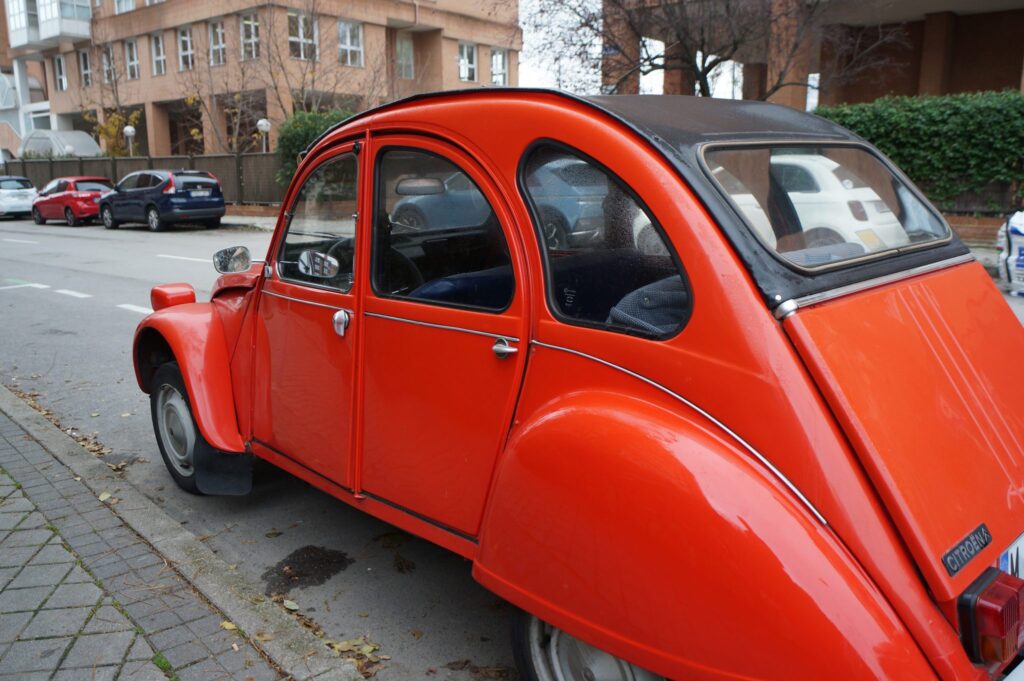
6. **Red**Red cars are intrinsically linked with passion, performance, and a vibrant personality, making them a popular choice for those who want their vehicle to stand out. Across the general market, red cars experience a three-year depreciation of 29.8%, which is slightly better than the 31.0% overall average. This places red in a middling position, neither a top performer like yellow nor one of the absolute worst. However, this overall average masks some crucial segment-specific weaknesses that can indeed cause a financial setback.
While red often shines in segments like coupes (21.1% depreciation vs. 22.6% average) and convertibles (29.6% vs. 32.1% average), where its expressive nature is highly valued, its appeal can wane in more utilitarian vehicle types. For instance, pickup trucks in red depreciate at 28.8%, which is worse than the truck segment average of 27.1%. This suggests that while a red sports car might hold its allure, a red work truck might struggle to find as eager a buyer, indicating a preference for more conventional or performance-oriented hues in the truck market.
Furthermore, the sheer variety of red shades can also play a role in its varied performance. A deep, sophisticated maroon might appeal differently than a bright, flashy cherry red. This lack of a universally consistent “red” in terms of market preference means that while some specific reds may do well, others could underperform, adding an element of unpredictability to its resale value. The nuance here is that “red” isn’t a single entity in the market, and its broad categorization can be misleading for value retention.
For new car buyers, opting for red means accepting a degree of market selectivity. While a red car certainly makes a statement, that statement isn’t always universally appreciated in the used market, especially for vehicles where practicality or a more subdued aesthetic is prioritized. Therefore, while not a catastrophic choice, red sits in a category where its resale value can be quite volatile depending on the vehicle type, making it a color that might not always be your best financial ally.
Read more about: Unraveling the Complexities of David Carradine’s Death: An In-Depth Examination of the Actor’s Final Hours

7. **Silver**Silver has long been heralded as a quintessential automotive color, often associated with modernity, cleanliness, and a touch of sophistication. Its metallic sheen and ability to mask dirt and minor scratches contribute to its widespread appeal, making it a perennial favorite among buyers. Nationally, silver cars experience a 29.8% depreciation over three years, putting it marginally better than the overall market average of 31.0%. This steady performance might suggest it’s a safe choice, but a closer inspection reveals significant pitfalls, particularly in niche segments, that make it a less-than-ideal pick for value retention.
One glaring area where silver struggles immensely is the convertible segment. Here, silver cars depreciate by a substantial 39.5%, significantly worse than the convertible average of 32.1%. This makes silver the absolute worst color for convertibles, illustrating a clear rejection of this conventional hue by buyers seeking more expressive, vibrant options for their open-top vehicles. As iSeeCars Executive Analyst Karl Brauer noted, “If you’re driving a convertible, you’ve already chosen a higher-visibility vehicle type… Go ahead and get a brightly colored model.” Silver fails to meet this expectation, resulting in a considerable financial penalty for owners.
Beyond convertibles, silver’s ubiquity, much like white and black, can also contribute to its struggle for distinction in the used market. While it projects a clean image, its prevalence means a silver car rarely stands out. In a market flooded with similar-colored vehicles, buyers often prioritize price over color, driving down values for commonly available shades. This ‘zero distinction’ factor, as Brauer highlighted for white and black, subtly applies to silver as well, limiting its ability to command a premium.
Ultimately, while silver maintains a decent overall performance, its significant underperformance in a segment like convertibles, combined with its lack of distinctiveness in the broader market, positions it as a color that, despite its initial appeal, can hurt your car’s resale value. For buyers prioritizing future value, especially in expressive vehicle types, choosing silver might mean leaving money on the table when it’s time to sell.
Read more about: Vanishing Acts: 10 Famous Actors Who Disappeared After One Huge Hollywood Hit

8. **Brown**Brown cars occupy a unique, somewhat niche position in the automotive color palette, often chosen by those who appreciate earthy tones and a subdued, sophisticated aesthetic. With a three-year depreciation rate of 30.4% across the overall market, brown is positioned just below the 31.0% average, suggesting a performance that’s neither outstanding nor catastrophic. However, this seemingly benign figure hides notable underperformance in major vehicle segments, painting a clearer picture of how brown can indeed hurt your car’s resale value.
For SUVs, which dominate the U.S. car market, brown vehicles depreciate at 33.4%, a rate worse than the SUV segment average of 32.7%. This indicates that in the most popular vehicle category, brown struggles to retain value, likely due to a lack of broad appeal among SUV buyers who might prefer more conventional or trend-driven colors. Similarly, in the sedan segment, brown cars face a 31.9% depreciation, surpassing the sedan average of 29.9%, further solidifying its poor standing in another significant market segment.
While brown does show stronger retention in segments like pickup trucks (25.9% vs. 27.1% average) and minivans (21.3% vs. 40.9% average), its underperformance in the high-volume SUV and sedan markets is a critical factor for owners to consider. These segment-specific struggles mean that a brown car, unless it’s a very specific niche vehicle, is unlikely to appeal to a wide array of used car buyers. This limited demand can lead to longer selling times and, ultimately, a lower resale price, directly impacting your financial return.
Therefore, while brown might resonate with a particular taste, its inconsistent market performance, especially in the most popular segments, makes it a risky choice for value retention. If you’re looking to maximize your car’s future worth, relying on a niche color like brown could prove to be a costly decision. It’s a color that requires careful consideration of the vehicle type and target buyer before making a commitment.
Read more about: From Showroom Shocker to Silver Screen Legend: 6 Automotive Flops That Conquered Hollywood
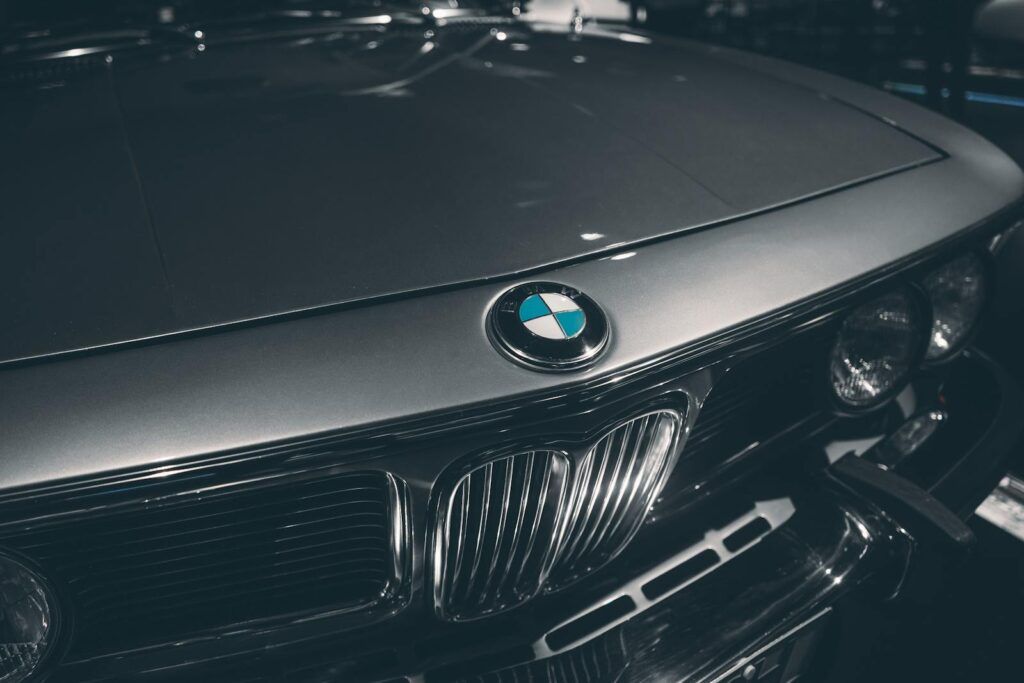
9. **Gray**Gray vehicles have risen in popularity over recent years, often perceived as a modern, understated, and versatile alternative to black and silver. Its neutrality and sleek appearance make it a common sight on roads today. Across the entire market, gray cars depreciate by 30.5% over three years, placing it just slightly better than the 31.0% overall average. While this might seem like a decent performance, gray, much like other neutral colors, faces unique challenges in specific segments that can undermine its overall value retention and ultimately hurt your investment.
One particularly striking area of underperformance for gray is the minivan segment. Here, gray minivans depreciate at a significant 43.1%, a rate notably worse than the minivan average of 40.9%. This suggests that for family-oriented vehicles, where practicality often trumps trendiness, gray struggles to find favor, possibly because buyers prefer colors that either stand out more or are easier to keep looking pristine amidst the daily rigors of family life. As Karl Brauer humorously observed about minivans, “They probably have enough vibrant shades in their lives,” implying a preference for less dramatic colors, yet gray also fails to impress.
While gray performs reasonably well in other segments like pickup trucks (24.5% vs. 27.1% average), SUVs (31.7% vs. 32.7% average), and coupes (21.2% vs. 22.6% average), its widespread adoption also contributes to a lack of distinction. In a market saturated with gray vehicles, buyers have ample choice, which can drive down prices as sellers compete. This ‘sea of gray’ scenario means your gray car, despite its contemporary appeal, may struggle to stand out and command a premium, pushing its value closer to the floor.
While gray appears to be a safe, fashionable choice, its significant depreciation in key segments like minivans and the broader issue of market saturation mean it doesn’t always translate into optimal resale value. For the savvy car buyer, understanding these nuances is crucial. Opting for a color that, despite its popularity, might struggle to maintain its worth in specific contexts can lead to unexpected financial losses down the road. Making a truly informed decision means looking beyond the immediate appeal and considering the long-term market dynamics of your chosen shade.
Choosing a car color might seem like a purely personal decision, a reflection of your individual style or taste. Yet, as this deep dive into depreciation data clearly illustrates, the hue of your vehicle is far more than just skin deep. It’s a critical component of your car’s financial lifecycle, quietly influencing thousands of dollars in resale value. While some colors, like yellow and orange, consistently shine as smart investments, others, even popular ones, can unexpectedly diminish your asset’s worth when it’s time to part ways.
Read more about: Mastering the Grill: The Ultimate Guide to Avoiding Common Steak Grilling Mistakes for Home Cooks
From the high dollar loss of beige to the segment-specific struggles of red, silver, brown, and gray, each color presents its own conundrum for value retention. The market is not always logical, often rewarding rarity and distinctiveness while punishing ubiquity and perceived lack of character in certain segments. By understanding these intricate market dynamics, you’re not just picking a shade; you’re making a strategic decision that empowers you to navigate the car market with greater confidence, ensuring that your next vehicle purchase is not only a joy to drive but also a financially sound investment for the long haul.

